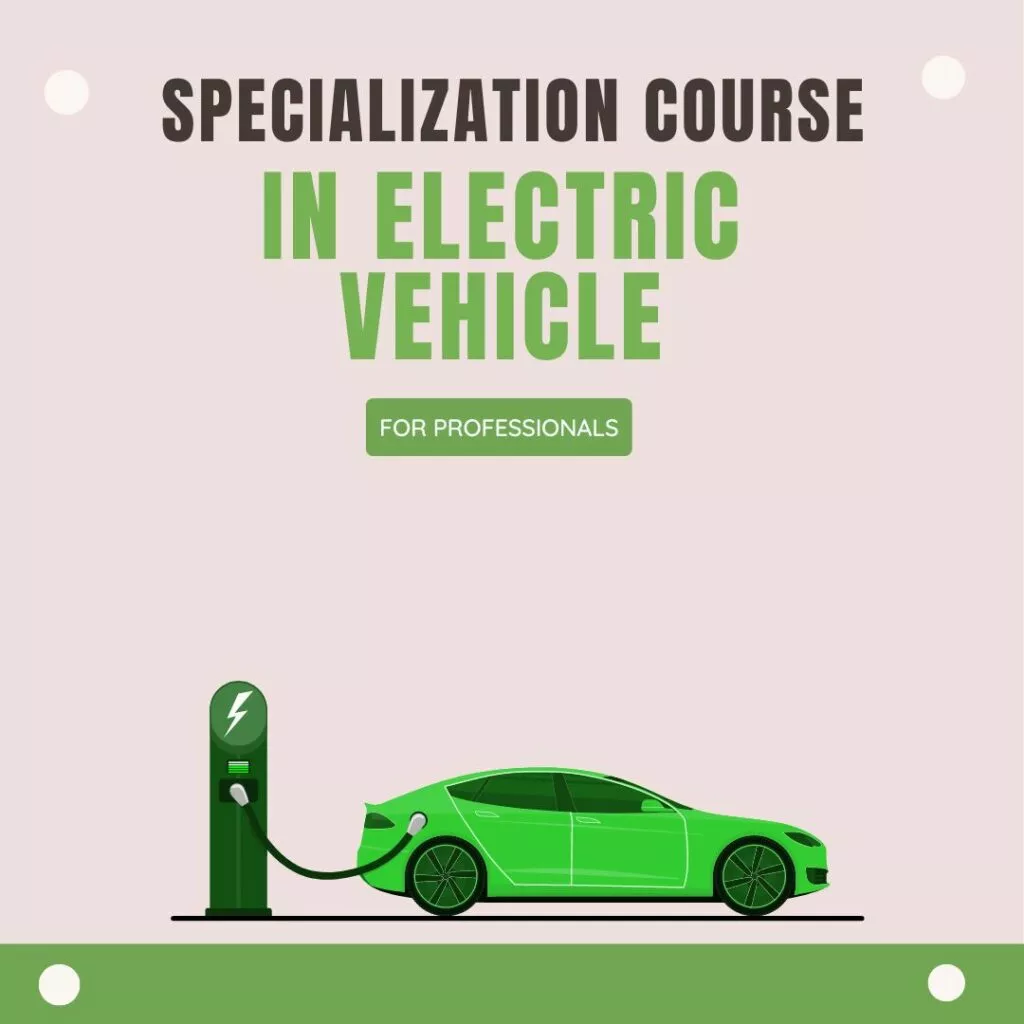Electric bikes are an excellent choice for eco-friendly transportation and outdoor exploration. However, like any mechanical device, they require occasional maintenance and repair. This Electric Bike Repair & Troubleshoot Guide will help you identify and resolve common issues that may arise with your e-bike.
Common Electric Bike Issues and Their Solutions
Certain e-bike problems are common irrespective of the brand or model. Here are some of the typical issues you might encounter and how to fix them.
1. E-bike Controller Malfunction
The controller of your e-bike operates as its brain, coordinating its electrical components. If your controller fails, your e-bike won’t function correctly. Faulty wiring or a non-functioning on/off switch, fuse, or circuit breaker are some typical controller issues. Here are steps to identify and resolve controller problems:
- Check the power switch and ensure it’s in the “on” position.
- Inspect for disconnected or loose wiring and reconnect any improperly attached wires.
- If the controller has a circuit breaker, reset it.
- Check if the fuse is burned out and replace it if necessary.
2. E-bike Throttle Issues
A malfunctioning throttle can disable the throttle assist function. This can occur due to overuse, causing the throttle to stick or become loose. Here’s how to troubleshoot the throttle:
- Check the throttle’s position; a malfunctioning throttle usually sticks in the rearmost position.
- Manually adjust the throttle back into place.
- If the throttle doesn’t return to its position or does so slowly, it needs to be replaced.
3. E-bike Pedal Assist Malfunction
The Pedal Assist System (PAS) enhances your cycling experience by supplying power as you pedal. If the PAS isn’t working, you may face power cutoffs or inconsistencies due to connectivity issues with the bike’s mechanical components. Follow these steps to identify and fix PAS problems:
- Inspect for any loose parts or connections, especially if you’ve recently adjusted any mechanical components.
- Check the magnet ring on the front sprocket; it should align with the sensor.
- If the magnet ring is displaced or dirty, adjust it using a flathead screwdriver.
- If these steps don’t work, seek professional help.
4. E-bike Battery Charging Issues
The battery is the heart of your e-bike. If it isn’t charging, your bike’s motor won’t function correctly. A blown fuse, overcharging, or old or defective battery pack are common reasons for this issue. Here’s how to troubleshoot:
- Check the battery charger by plugging it into the wall and observing the indicator lights.
- Test the charger port’s wiring by inserting the battery into the charger port.
- Check the battery’s voltage using a voltmeter.
- Inspect the battery’s pins for alignment; misaligned pins can prevent charging.
5. E-bike Brake Malfunction
Brakes are essential for safe cycling. Wear and tear, external dirt, and poor brake alignment can cause brake issues. Here’s how to troubleshoot your e-bike brakes:
- Inspect the brake discs for debris and clean if necessary.
- Check the brake pads and rotors for signs of wear and tear.
- Examine the brake lever or cable adjuster; if it’s loose, tighten it for better brake sensitivity.
- If you’re unsure about the problem, consult a professional bike mechanic.
Other e-bike tips
To maximize the lifespan of your e-bike, it’s essential to understand its functionality. Our guide provides steps on how to check the e-bike battery voltage, how to test the e-bike battery charger, and how to diagnose e-bike wiring issues.
Regular maintenance can prevent many e-bike issues from arising. However, all e-bikes are bound to experience technical issues at some point. Knowing how to troubleshoot problems can make your life as an e-bike owner easier.























